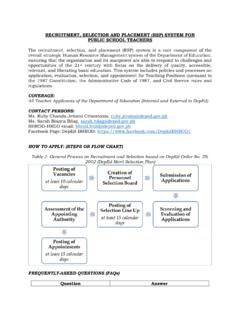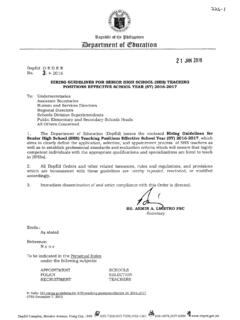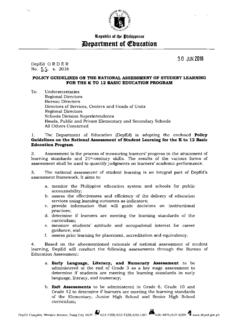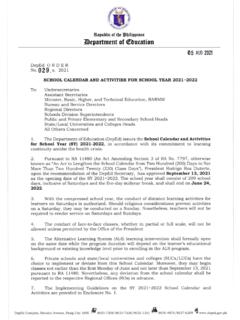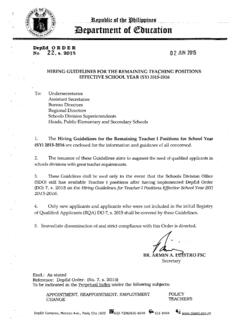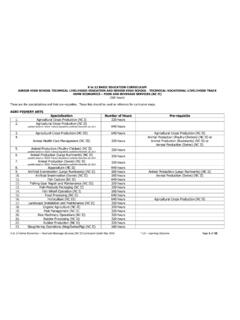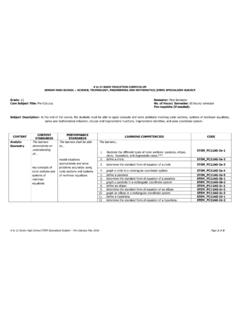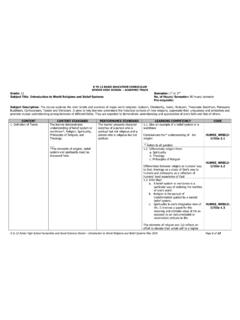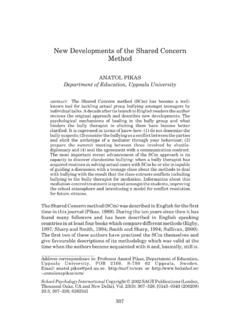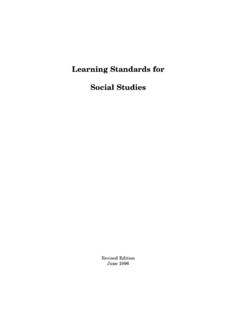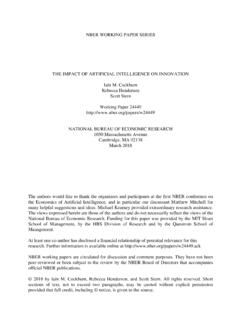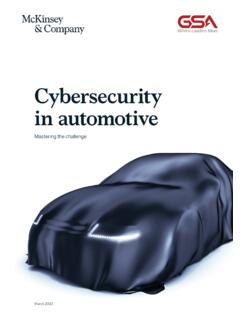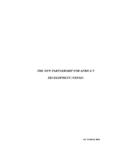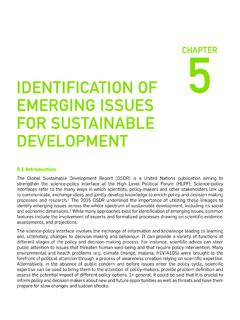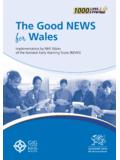Transcription of SHARED RESPONSIBILITY: Recommendation on Limited Face …
1 SHARED RESPONSIBILITY: Recommendation on Limited Face-to-Face Secretary Leonor Magtolis Briones Department of Education 14 December 2020. This report is respectfully submitted to the President, to recommend the conduct of pilot implementation or dry-run of face-to-face classes in low-risk areas, on a Limited scale and under strict health and safety measures. This report is divided into four parts: (A) Principles and general framework; (B) a brief update on the implementation of the school year; (C) key considerations on the resumption of face- to-face classes; and (D) Recommendations for consideration of the President. A. Principles and General Framework At the outset, we lay down the framework and principles that will govern any conduct of face-to-face classes at this time when COVID-19 is yet to be fully contained: 1) Given the direct interest that the President has taken on resumption of face- to-face classes on account of its public health implications, the conduct of face-to-face classes in basic education is a matter for the President to decide.
2 Inputs from the Secretary of Education are recommendatory;. 2) Should the President approve conduct of face-to-face classes, the Department of Education will implement the decision with the participation of the other key players in the educational system, namely: The host local government unit;. The parents who are responsible for health and safety standards in the home; and The transport providers;. 3) The express support of the host local government unit must be secured; the written consent of parents is required; transport providers must observe health standards in their vehicles; and external organizations are invited to support, give feedback and help generate resources to ensure the success of the program; and 4) Face-to-face classes shall first be piloted in select areas before DepEd makes a final Recommendation to the President.
3 1. Thus, the general framework of the policy decision will be that of SHARED responsibility. The tendency at present is to blame one department for events and situations beyond its control be it floods, wet modules, family issues of learners and teachers, and transport systems. If face to face classes will be resumed, the host community LGUs, parents, organizations, transport providers, will assume and share the corresponding responsibilities. We resume face to face classes as one. B. Update on the School Year As the President is aware, we were able to successfully open SY 2020-2021 for basic education (Kindergarten to Grade 12) last October 5. This decision ultimately had the support of the parents, with million learners as of November 11, 2020.
4 Enrolled in combined public and private schools, and inclusive of non-formal education (Alternative Learning System or ALS). This represents of our enrollment last year, which is higher than the adjusted enrollment target that we submitted to NEDA. The reduction in enrollment was experienced mainly in private schools, where enrollment reached only of last year's enrollment. In contrast, our enrollment in public schools for formal education even increased by than last year's enrollment. (See Table 1). Table 1. Enrollment, Kindergarten to Grade 12 (as of November 11, 2020). Total Last SY % of Last SY's Enrollment Enrollment Enrollment Public, Private, SUCs/LUCs 25,050,526 27,770,263 Public Only 22,765,030 22,572,923 Public, Formal 22,356,296 21,833,051 Alternative Learning System (ALS) 408,734 739,872 Private Only 2,226,292 4,304,676 We were able to proceed with this school year with great effort, transforming education delivery from one based in classrooms, to one that is through distance learning, in a span of a few months.
5 This involved developing new learning resources, including printed and digital modules, online learning where available, and supplemented by television and radio-based instruction. We mobilized resources from DepEd's own appropriations, in cooperation with DBM which spared us from further contributing to the budget needs for Bayanihan 2. The local government units also gave considerable contributions to support learning continuity. C. Key Considerations on Resumption of Face-to-Face Classes The President's decision not to allow face-to-face classes as we opened the school year reflected his concern for the health and safety of the children, given that 2.
6 There are many things that are not yet known about COVID-19 transmission among children in school setting. The President's decision was also prescient of the sentiments of the parents, as shown by the results of a survey conducted by Pulse Asia in mid-September before the opening of classes. While 60% of the respondents agreed to DepEd's decision to open the schoolyear through distance learning, and only 25% disagreed (15% were undecided), the greater proportion of the respondents (73%) agreed with the President to wait for a vaccine before allowing students to physically attend school. Only 23%. were agreeable to physical attendance in schools in low-risk areas, provided health and safety precautions are observed.
7 However, there have already been developments since the opening of classes. For one, we have started to open up economic activities as COVID-19 situation has improved in many areas and have already been placed under Modified General Community Quarantine (MGCQ). It is within this context that we again report to the President and share various considerations to determine whether the no face-to-face classes policy can already be reconsidered at this time in certain areas under stringent conditions. We submit that there are four considerations that need to be examined: (1) The necessity for face-to-face classes in the learning process; (2) COVID-19 risk factors in school setting; (3) The health and safety prevention and management standards for COVID-19 in school setting; and (4) The sharing of responsibility especially in case infections or exposure occur.
8 (1) Necessity for face-to-face classes in the learning process The pandemic has compelled education systems around the world to adopt distance learning modalities for basic education at a scale not done before. While there are major challenges that confront the department, students, teachers and school leaders, this has at the same time presented new opportunities that will serve us well for adapting to the future of education post-COVID-19. Among the positive developments that are happening include: the use of low to high technologies for remote or distance learning, along with the development of the required learning resources; the greater reliance of learners on self-learning, which will serve them well in this time when knowledge and information are digitally accessible; the reconnection of schools with parents as instructional partners in the learning process; and the expansion of the learning spaces to include not just the physical classrooms, but also the home, community spaces, and the virtual space.
9 All these are changing the landscape of education globally, and our hands-on experience with our learning community allows us to gain experience and knowledge on these new modalities. 3. Still, face-to-face classes remain a necessity for education. The social aspect of learning where students are able to interact with their teachers and classmates cannot be fully replaced by distance learning modalities. The skills of students for self- learning is uneven. Household resources to assist children in the learning process are also uneven, affected by household income, education of household members, access to internet, number of children in the household needing to be assisted, and work situation of household members.
10 Without more consistent instructional guidance by teachers, the learners finding it difficult to learn by themselves and without household capacity for instructional support will be left behind. The time devoted for the learning process, without direct monitoring by teachers, also differ vastly across students and households. Allowing teachers to see their students face-to-face, even on an intermittent schedule, will enable greater opportunities to check on the learning progress of the students and to provide needed instructional supervision and interventions. Thus, DepEd would want to reintroduce face-to-face classes where such can be made consistent with the public health standards of government in light of COVID- 19, and upon approval of the President.

